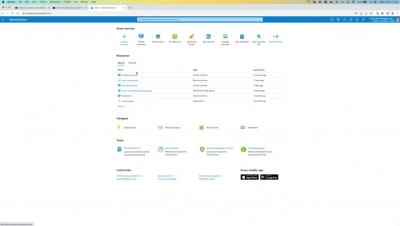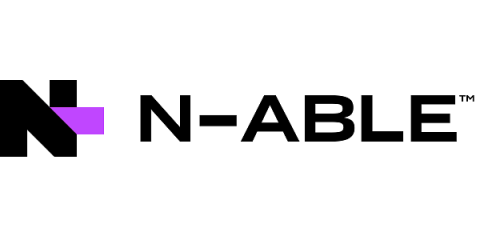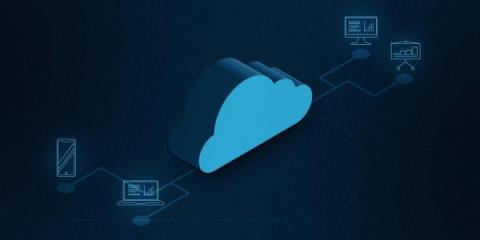Operations | Monitoring | ITSM | DevOps | Cloud
MSP
The latest News and Information on Managed Service Providers and related technologies.
Endpoint Security: 8 Best Practices
Endpoints are the doorways to your organization’s data, resources, and other critical information. Unfortunately, cybercriminals are well-aware of these “doorways,” and often use endpoints as entryways for their cyberattacks. Today, the average enterprise uses and manages around 135,000 devices, and this number continues to grow every year. This means that organizations, now more than ever, need to protect their vulnerable endpoints.
7 Key Benefits of Digital Transformation for Businesses
These days, it seems like everyone is talking about digital transformation. There’s no doubt that new technology can greatly benefit businesses, but is it worth your time and resources? In 2021, organizations around the world spent 1.5 trillion on digital transformation. To decide if digital transformation is the right solution for your organization, start by assessing the benefits of digital transformation.
Best SysAdmin Tools for IT Professionals
From remote desktop to endpoint security, what solutions are IT professionals relying on most to power their businesses and keep their team efficient and ahead? To find out, we pulled ratings from G2 and Capterra for 90+ products across 9 different software categories. The result is this guide full of comparison charts, highlighting how individual products stack up against one another in terms of overall satisfaction, usability, and quality of support.
3 Things MSPs Need to Know About Co-managed IT Services
If you’ve been shying away from exploring co-managed IT services opportunities, it might be time to think again. Co-managed is here to stay, and is likely going to be a big play for MSPs looking to move up market, especially considering the increasing pricing pressures we’re seeing in the market.
Endpoint Devices Explained (with Examples)
By 2030, experts predict that there will be over 40 million connected devices worldwide. These “devices” are a variety of endpoints, such as laptops, smartphones, computers, and more. Businesses and organizations around the world rely on these endpoints to complete tasks, communicate, and access information. In this overview, we’ll go over the different types of endpoint devices and how they affect an IT environment.
Why Organizations Should Invest in Endpoint Hardening and Automation
Endpoint (or device) hardening is the concept of reinforcing security at the device level. Because securing endpoints is fundamental to every other security action you take, it’s important to invest as much as you can into endpoint hardening. According to research conducted by Ponemon with Keeper Security, 81% of businesses experiencing an attack in 2020 were faced with some form of malware. Other forms of attack also included credential theft, compromised/stolen devices, and account takeover.
Backup as a Service: Overview & Solutions
While the cost of data loss for businesses is currently increasing, Teramind’s data loss statistics show that automated data loss prevention measures help save 3.58 million per breach. Backup as a Service (BaaS) is a service that allows businesses to outsource their data backup to a third party, thus removing the need to backup data at a local workspace. This overview will provide a closer look into BaaS to help you decide if it’s the right choice for your organization.
MSP Automation: Transform & Scale your MSP Business
MSP Automation was the main focus of our recent webinar, which covered how Managed Service Providers can transform the scalability of their businesses by removing the headaches of manual request processing. The webinar was widely attended by enterprise IT staff too , particularly those with an ethos of delivering an experience (rather than a service level). The same principles apply, so here’s an overview of what was covered during the session.
MSP Survey Results: How much time does NinjaOne really save?
In January of this year, NinjaOne sent a survey to all MSP customers worldwide asking them to quantify the amount of time they were saving using NinjaRMM versus their prior RMM solution. Normally we reserve our blogs for educational topics, but the results of the survey were so compelling, we had to share. We sent 11 questions ranging from how long it takes our MSP customers to implement NinjaRMM, to whether their mean time to resolution (MTTR) had been reduced.











